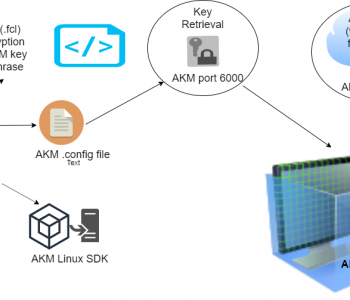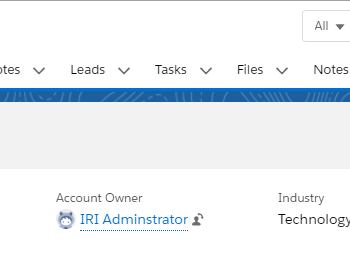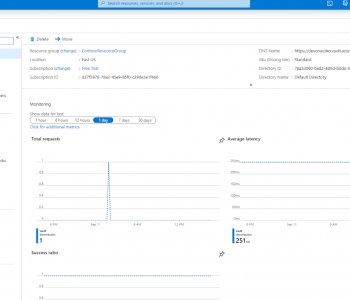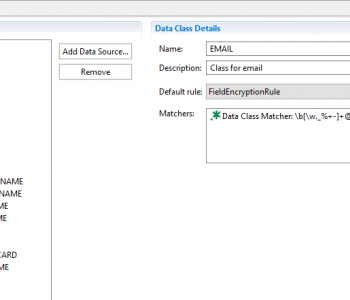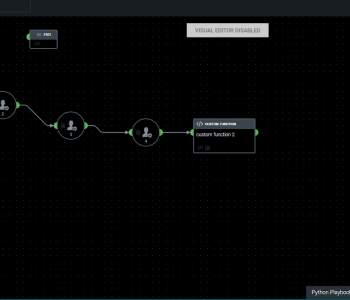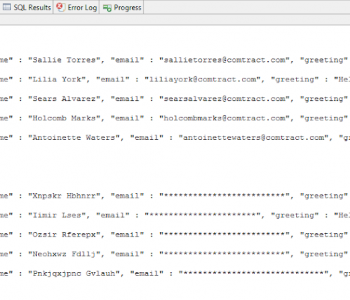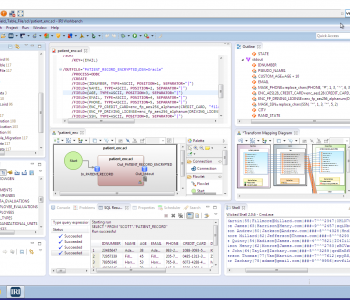
PII Masking in Amazon S3 Files
Just as users of the IRI FieldShield data masking tool can mask personally identifiable information (PII) in flat files held in Amazon Simple Storage Service (Amazon S3) buckets, IRI DarkShield users can now find and mask PII in structured, semi-structured, and unstructured files stored in S3, too. Read More

